Why is bamboo material becoming more and more popular in the world?
Carbon dioxide is the most important greenhouse gas. Human being has emitted much carbon dioxide, leading to a continuous increase of carbon dioxide concentration in the atmosphere. Sunlight (short-wave radiation) can freely reach the surface of the earth, but greenhouse gases such as carbon dioxide in the atmosphere will hinder the ground's reverse radiation, the long wave radiation, which will cause heat not be emitted normally, then increase the temperature. This is the so-called "greenhouse effect".
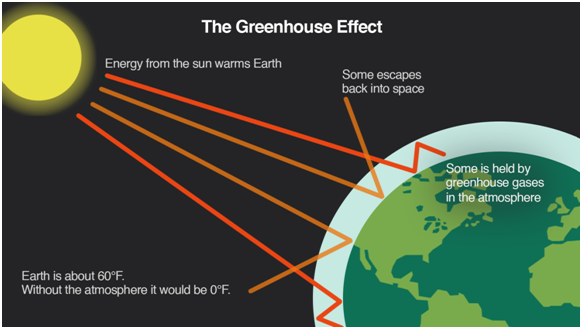
Scientifically speaking, the most important way to deal with global climate change is to reduce carbon dioxide emissions.
Bamboo rapidly sequesters carbon in biomass and soil, taking it out of the air faster than almost any other plant, and can thrive on inhospitable degraded lands. Bamboo absorbs carbon dioxide and releases over 30% more oxygen into the atmosphere compared to an equivalent mass of trees. This makes bamboo excellent for absorbing greenhouse gases and producing clean, fresh oxygen.
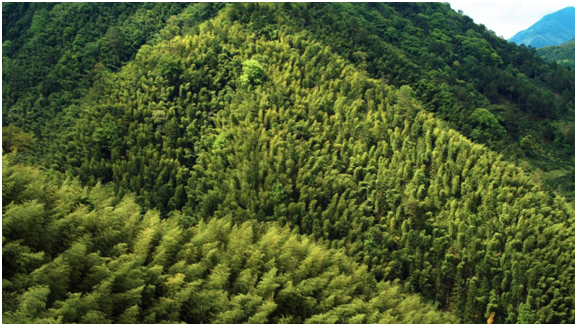
Bamboo is considered the fastest growing woody plant on earth. It reaches its full height in one growing season, at which time it can be harvested for pulp or allowed to grow to maturity over four to eight years. A 60’ft height tree need 60 years to recover, but one bamboo requires 59 days only. After being cut, bamboo re-sprouts and grows again. To use bamboo as wood is a good method to protect forest, so applying bamboo as construction materials is more energy conservation and environment protection. As major wood-consuming companies are pledging zero deforestation by 2020, many are looking to bamboo as wood replacement for furniture, fiber and other products.
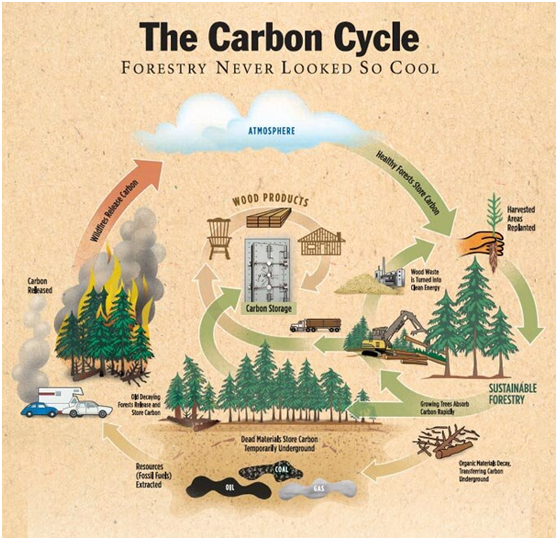
Just a grass, bamboo has the compressive strength of concrete and the tensile strength of steel. Now bamboo is widely used as green alternative materials to wood in the construction and interior decoration. But some people argue that the environment costs of bamboo production is high, and it is far away from European consumer market, so they thought the bamboo’s green benefit is overestimated.
Some surveys have noted this issue and tried to work out whether bamboo can be carbon neutral – or even carbon negative – over their lifecycle. By using a Lifecycle and Carbon Footprint Analysis, to demonstrate how evidence can be produced to measure bamboo’s environmental impact for the manufacture of durable products, the analysis evaluated bamboo flooring, decking, cladding, panels and beams. It shows that these products have a carbon-neutral footprint – after production and processing in China, transport to consumers in the Europe, and eventually, incineration for energy production. The carbon footprint of the bamboo products can be carbon-neutral, which is due to the significant restoration and afforestation in China that increases the carbon stock in forests, and the substitution of fossil fuels with bamboo at the end of the product’s lifecycle.
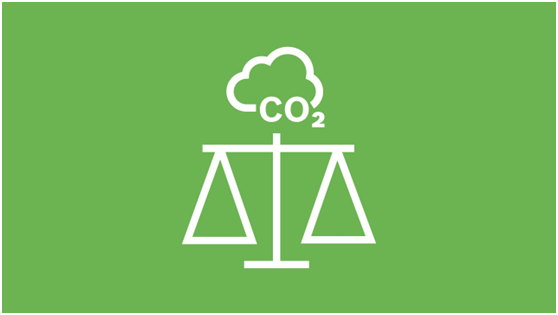
It is helpful to reduce carbon dioxide emission to inspire other bamboo producers to use the approach to assess their environmental performance, and reduce the environmental impacts of their products. It informs policy shaping processes to encourage bamboo and rattan to be specified in national and international policies and investment plans.
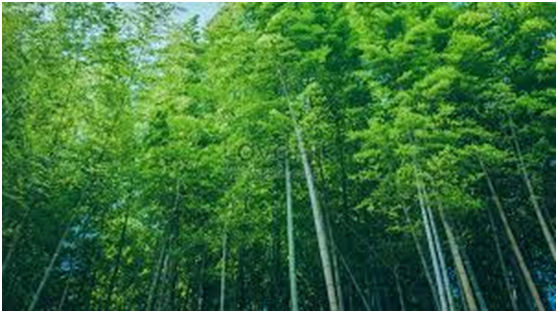
REBO bamboo is one of the teams to focus bamboo products only, whose main products include bamboo decking, bamboo wall cladding, bamboo flooring, bamboo horse stable planks, bamboo fencing, bamboo ceiling, bamboo panels, etc. REBO team is looking forward to cooperating with customers from all over the world.
